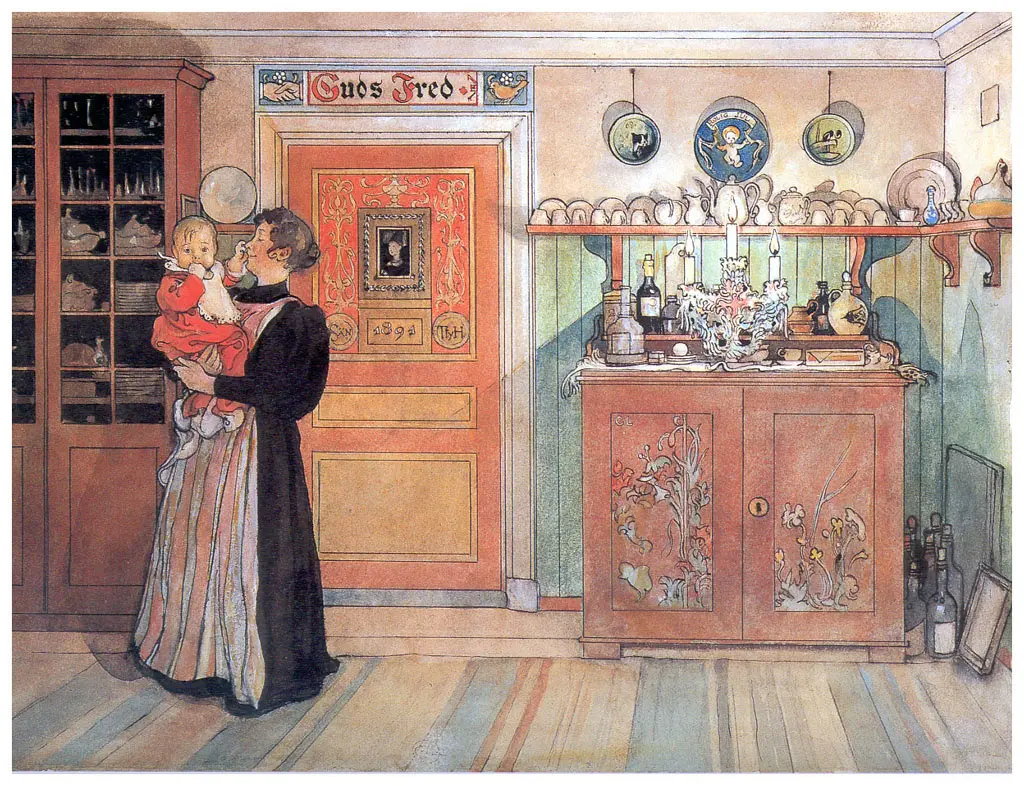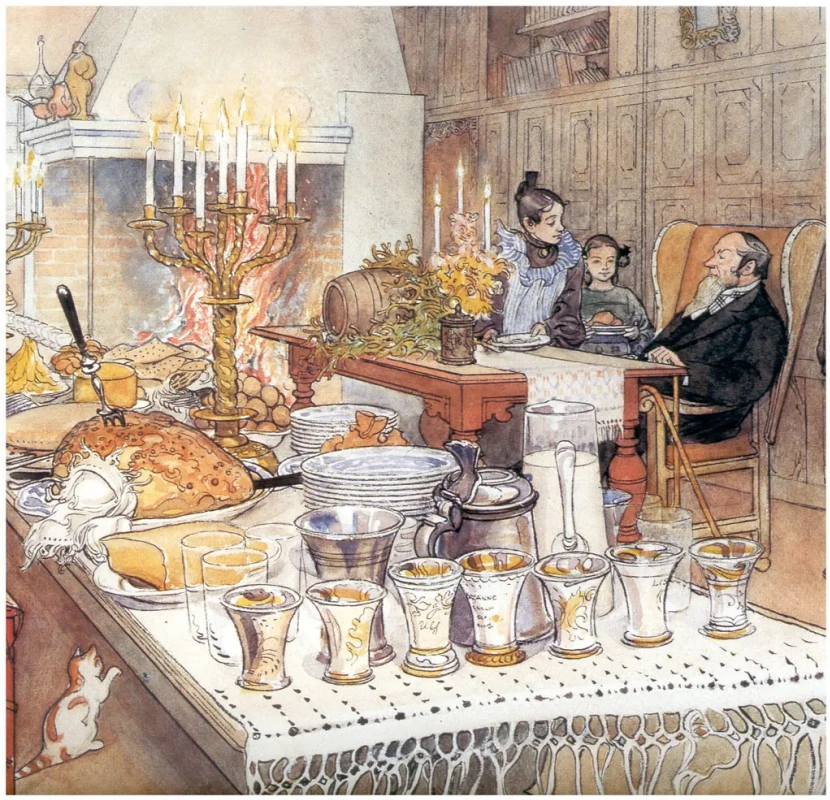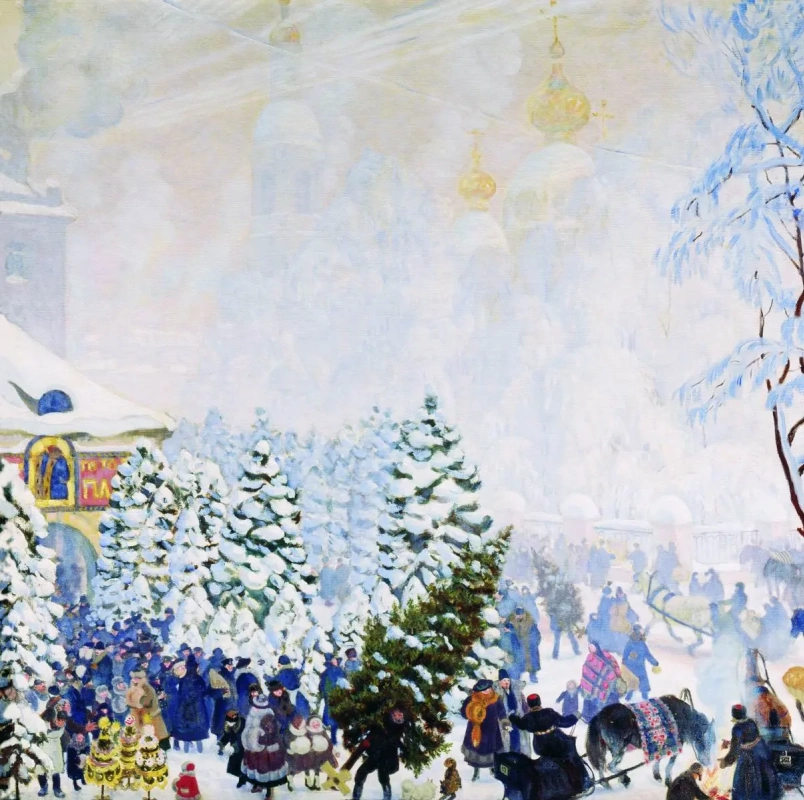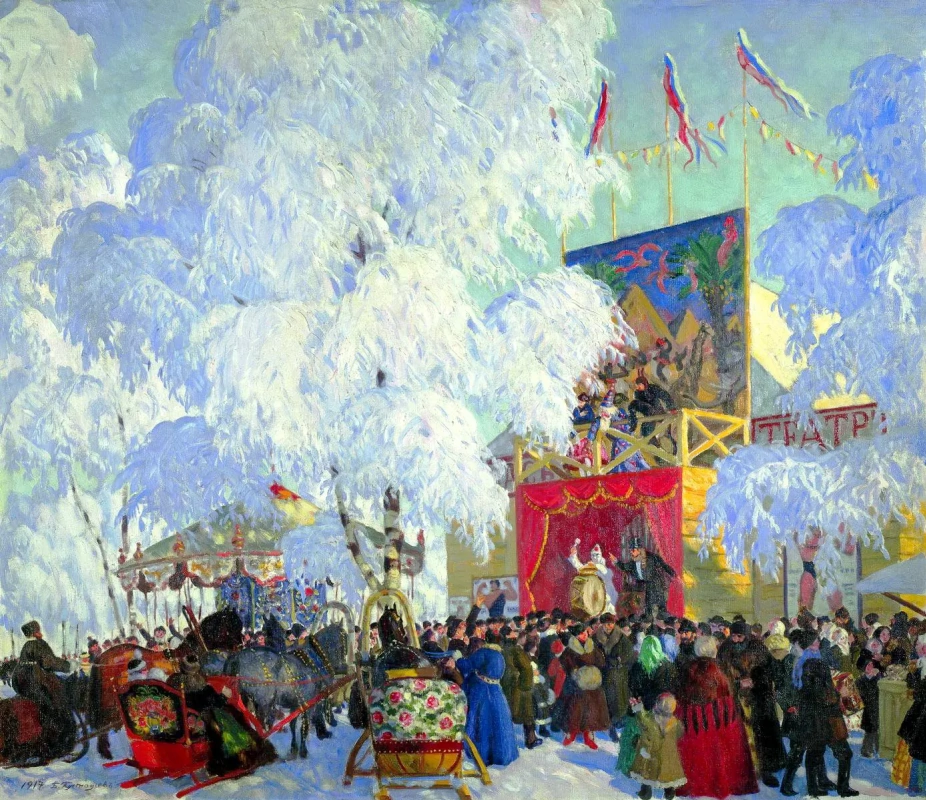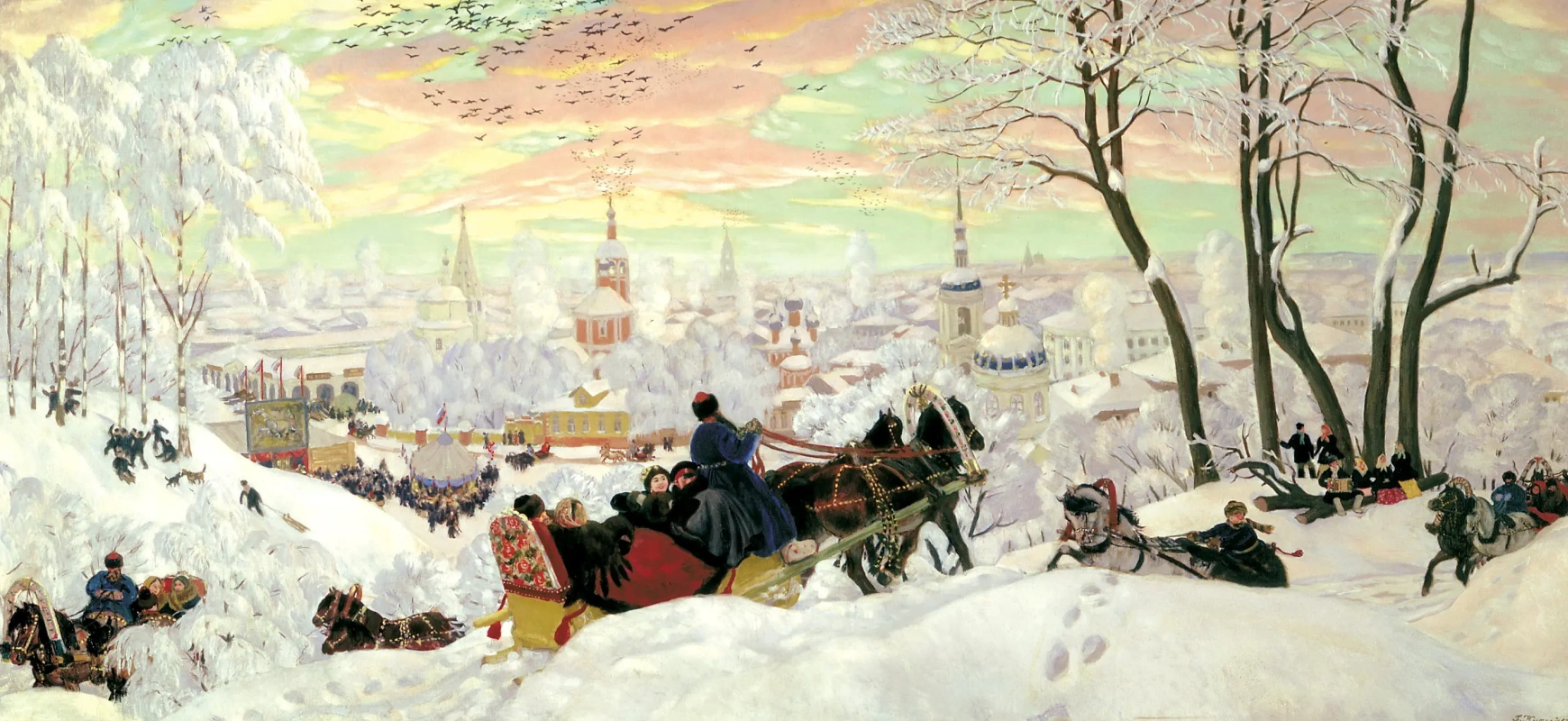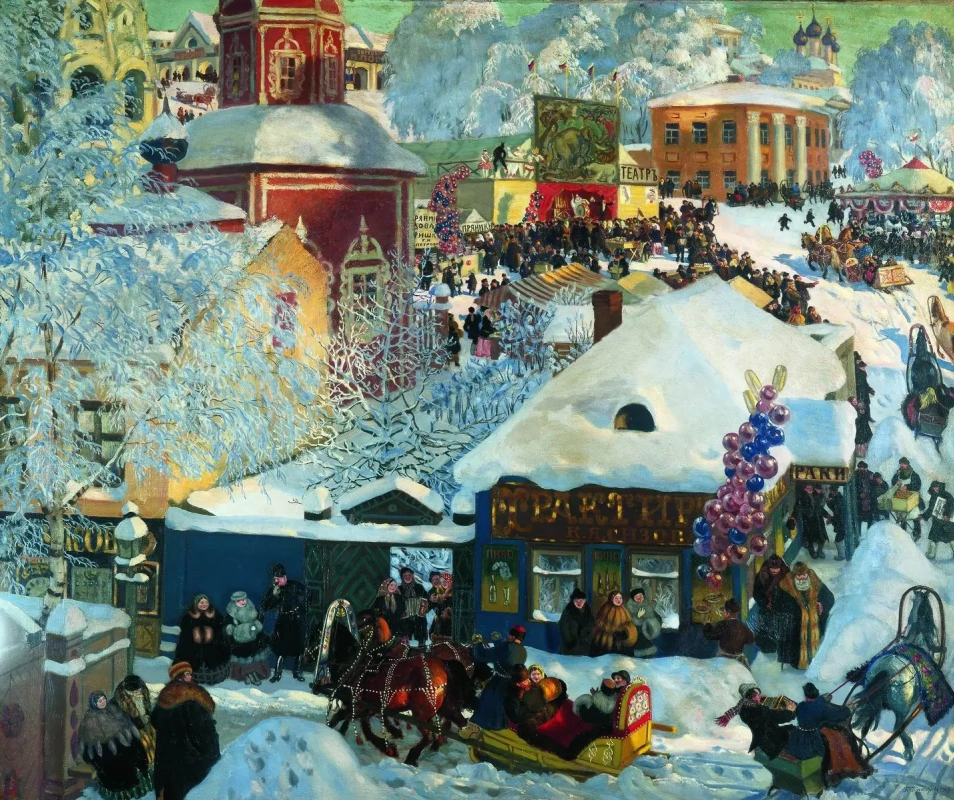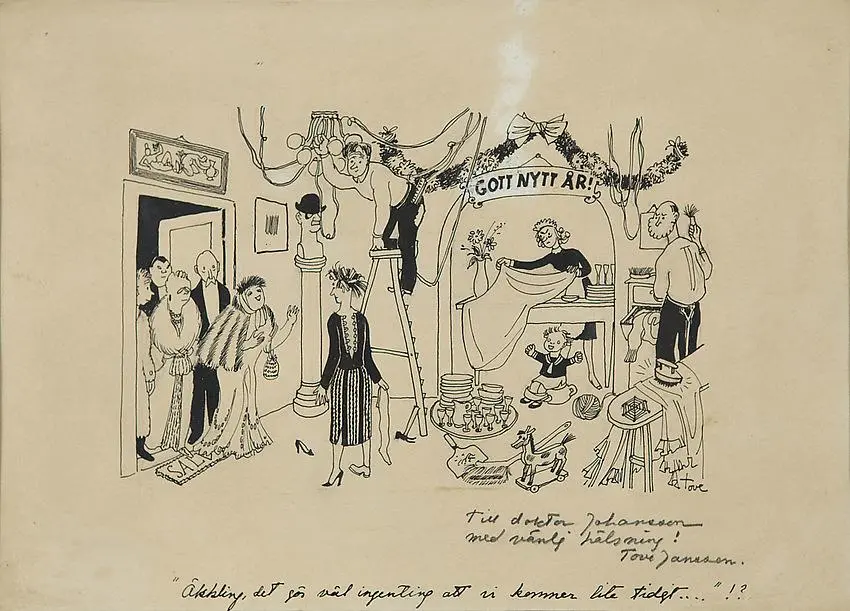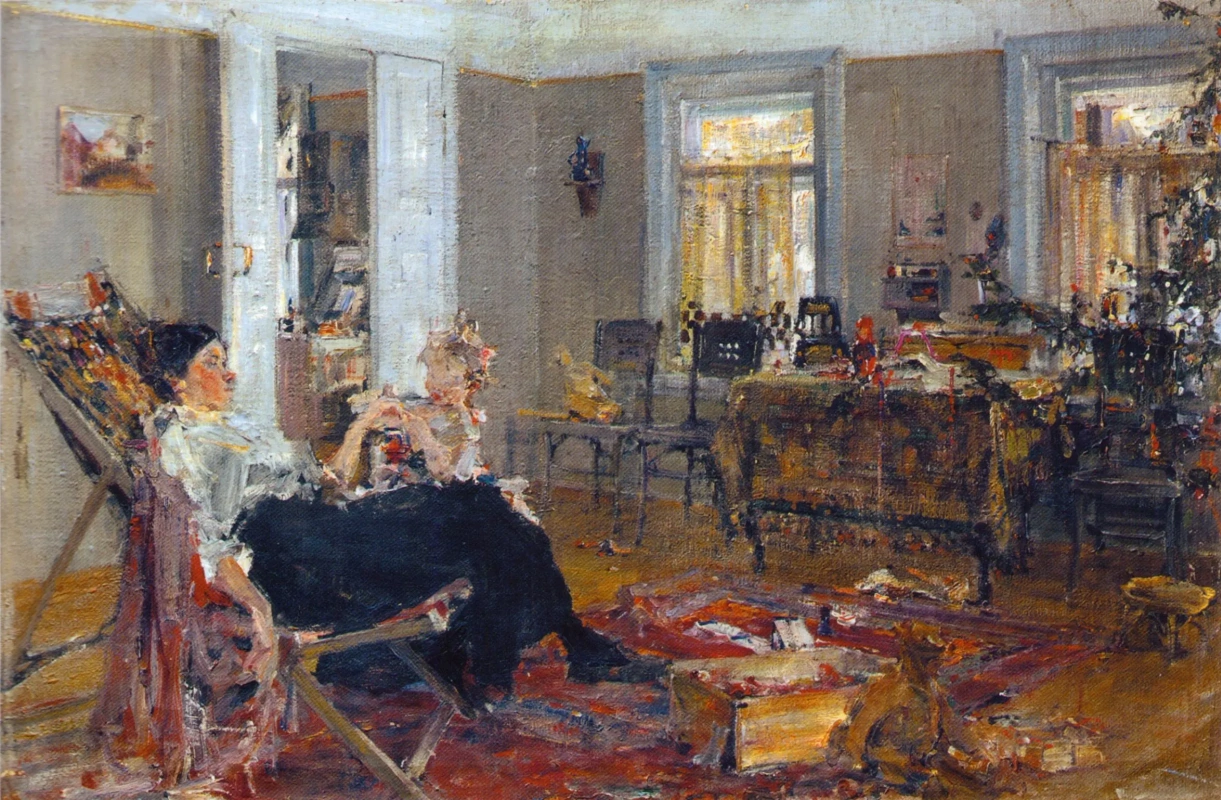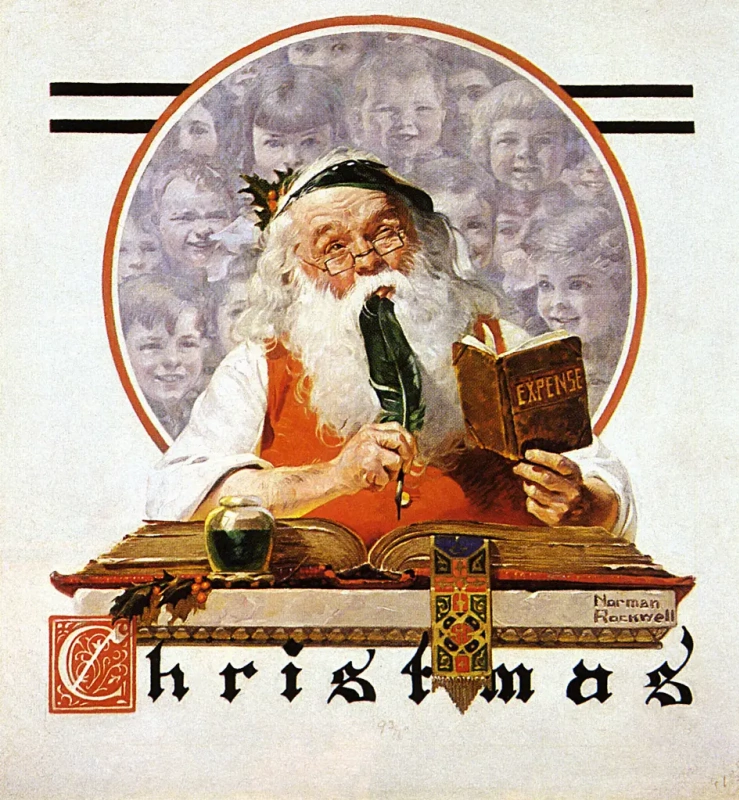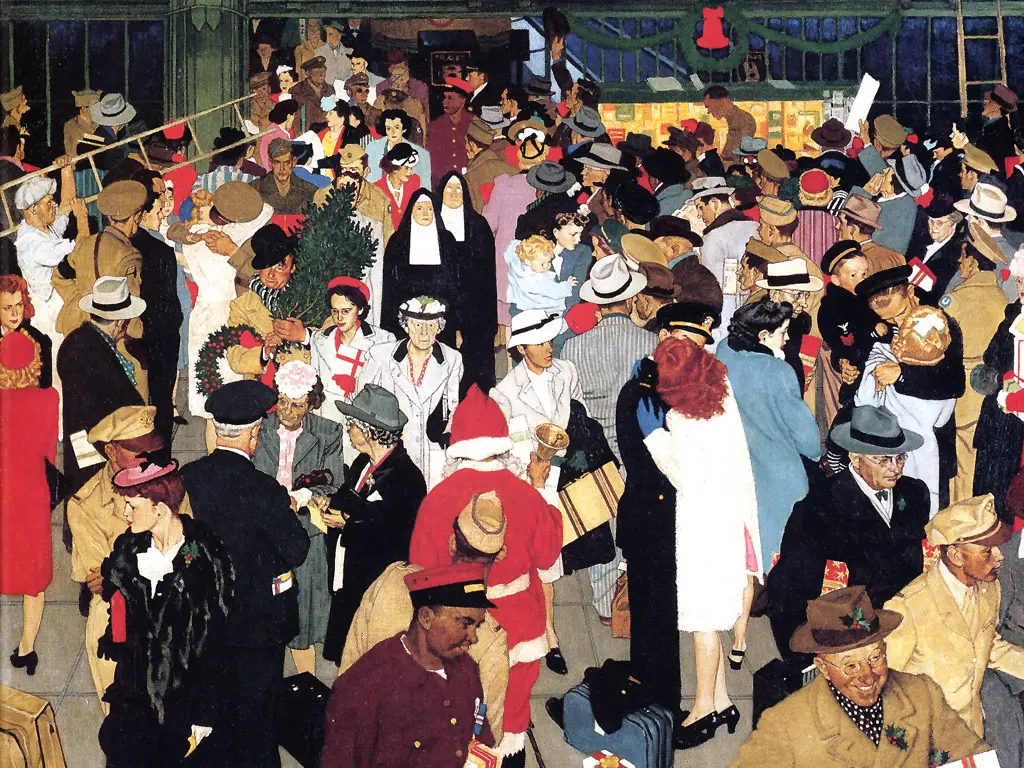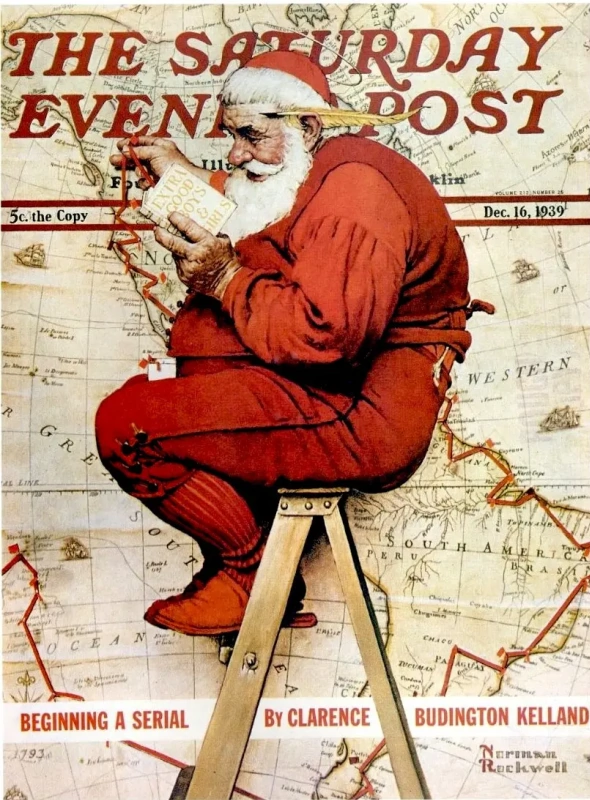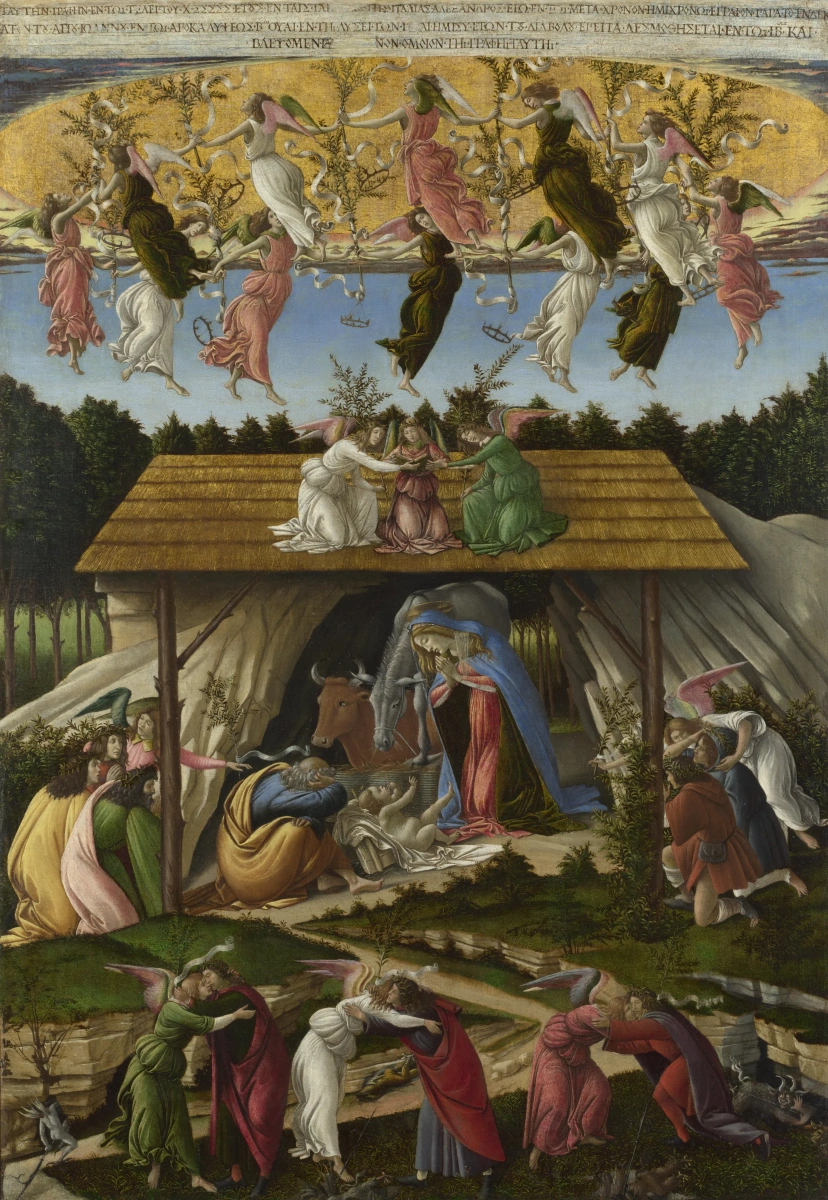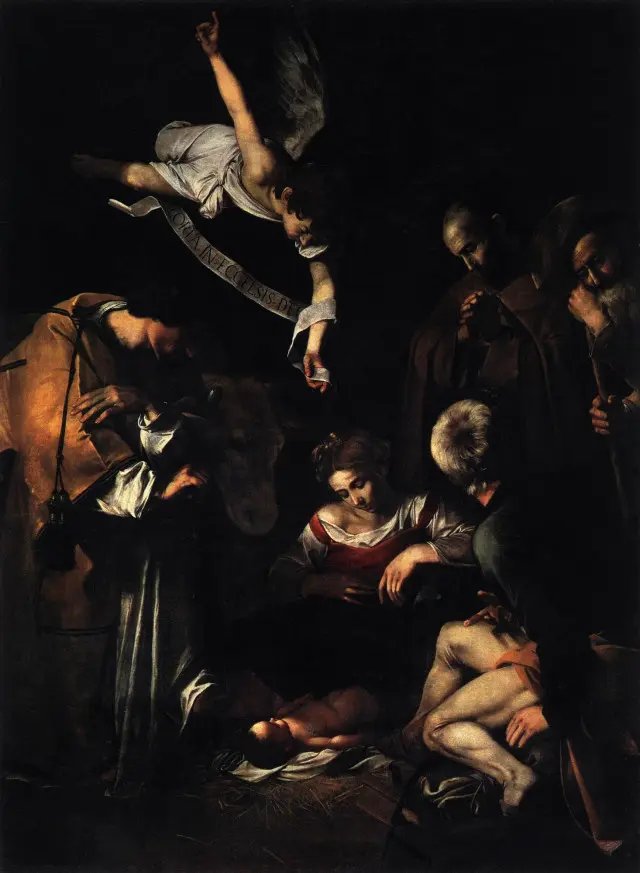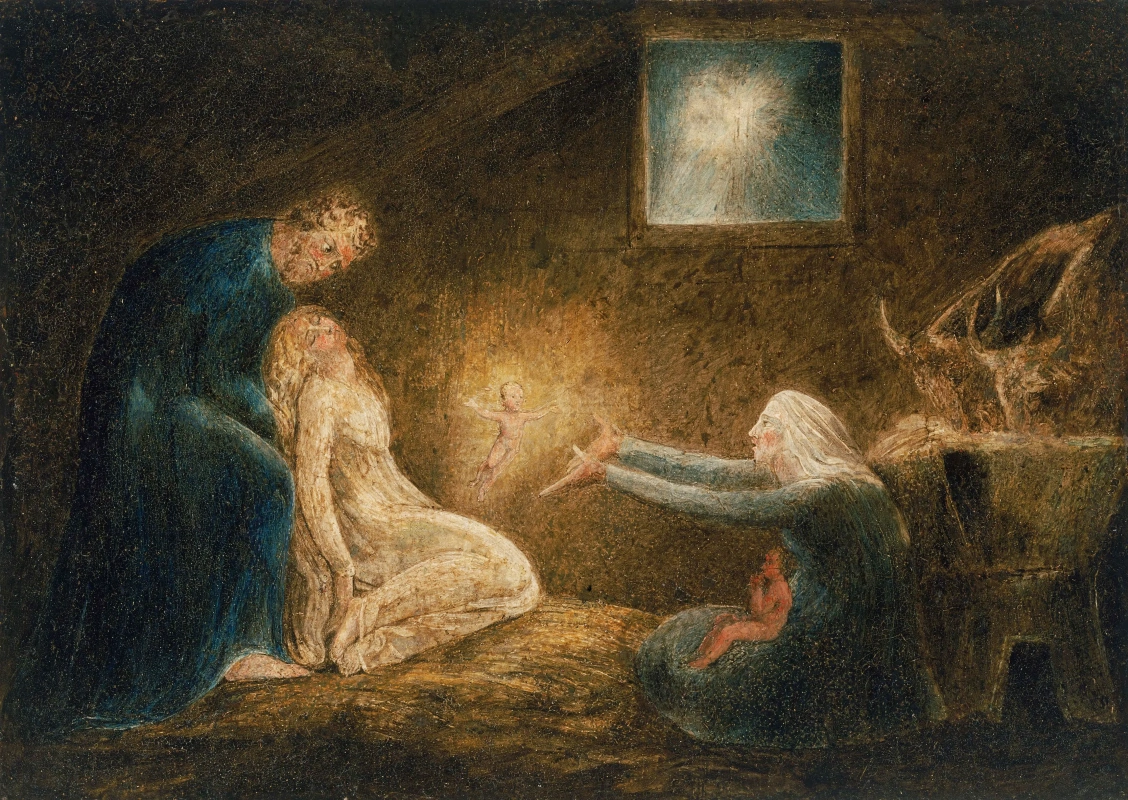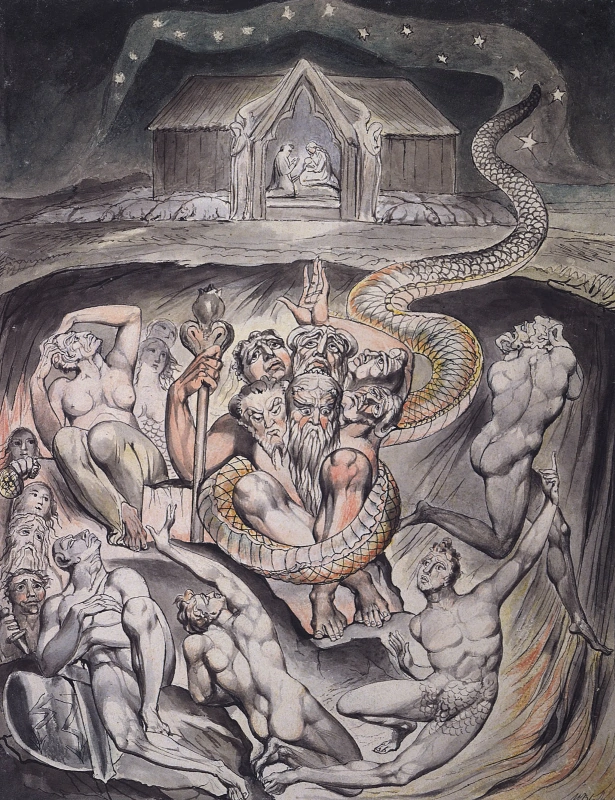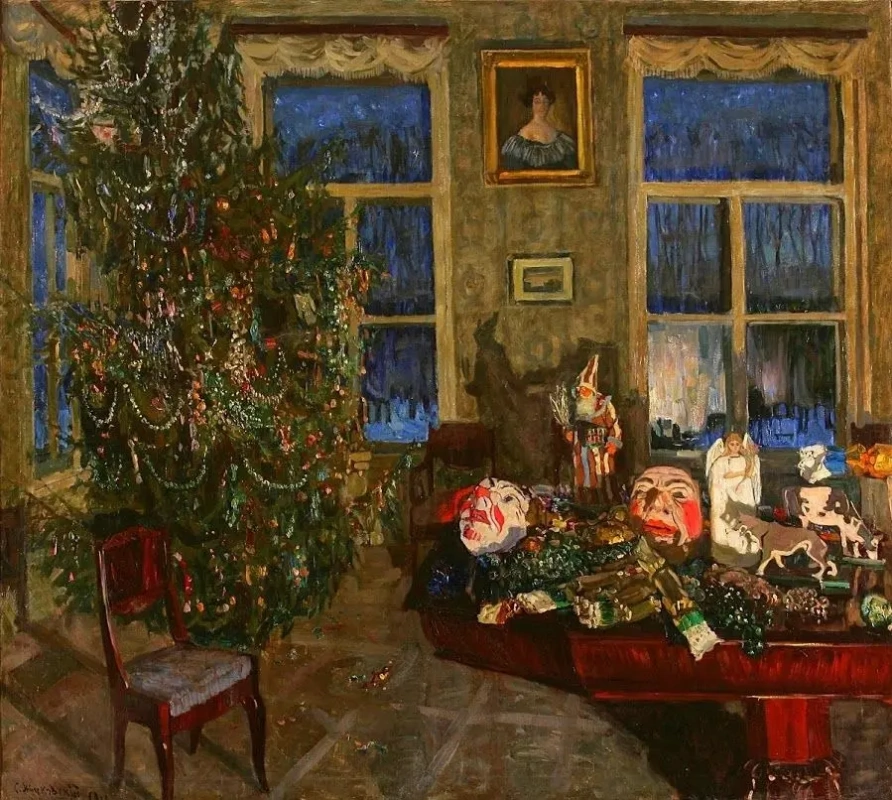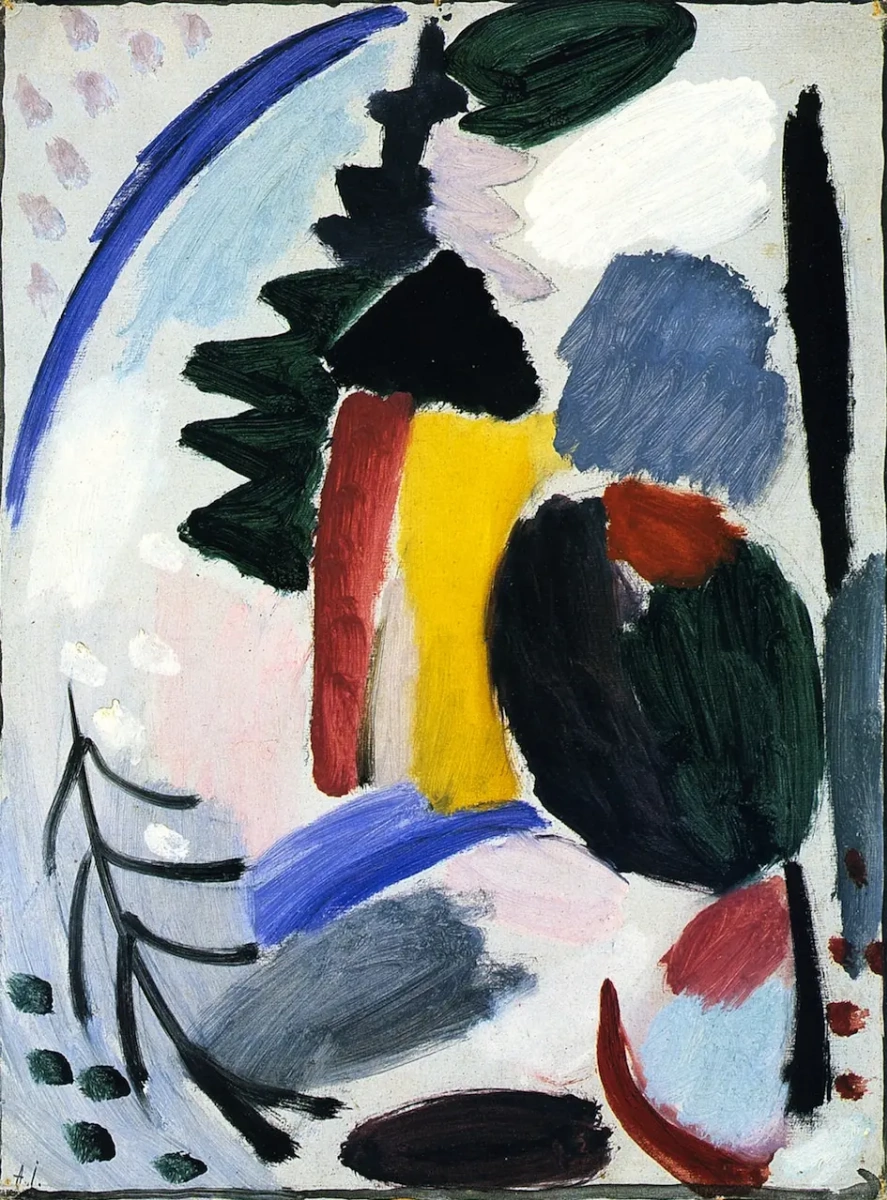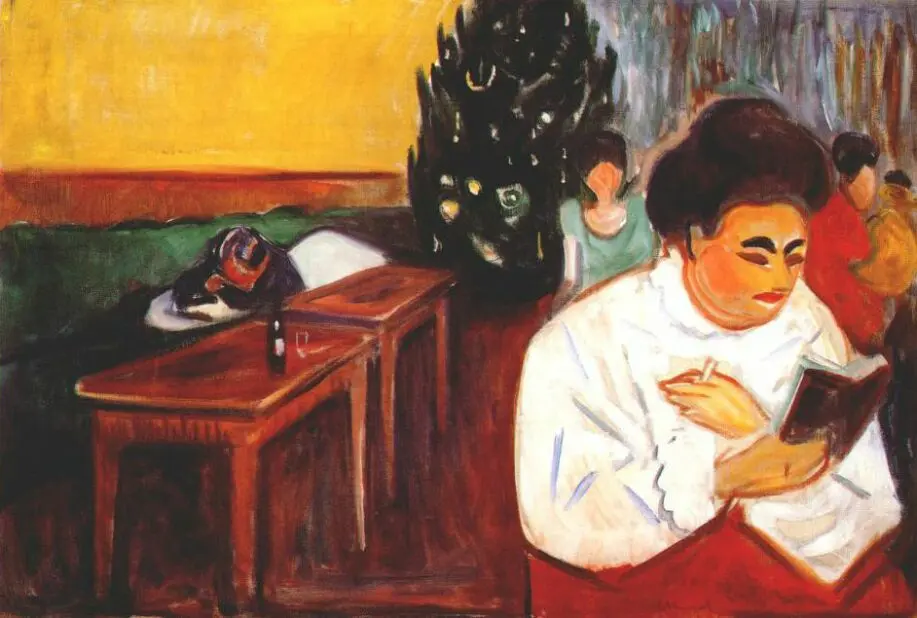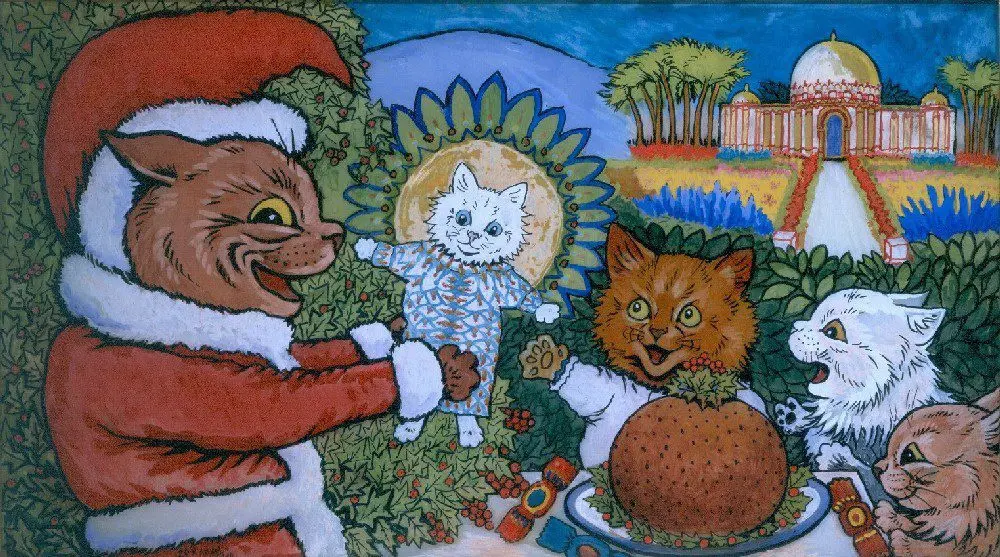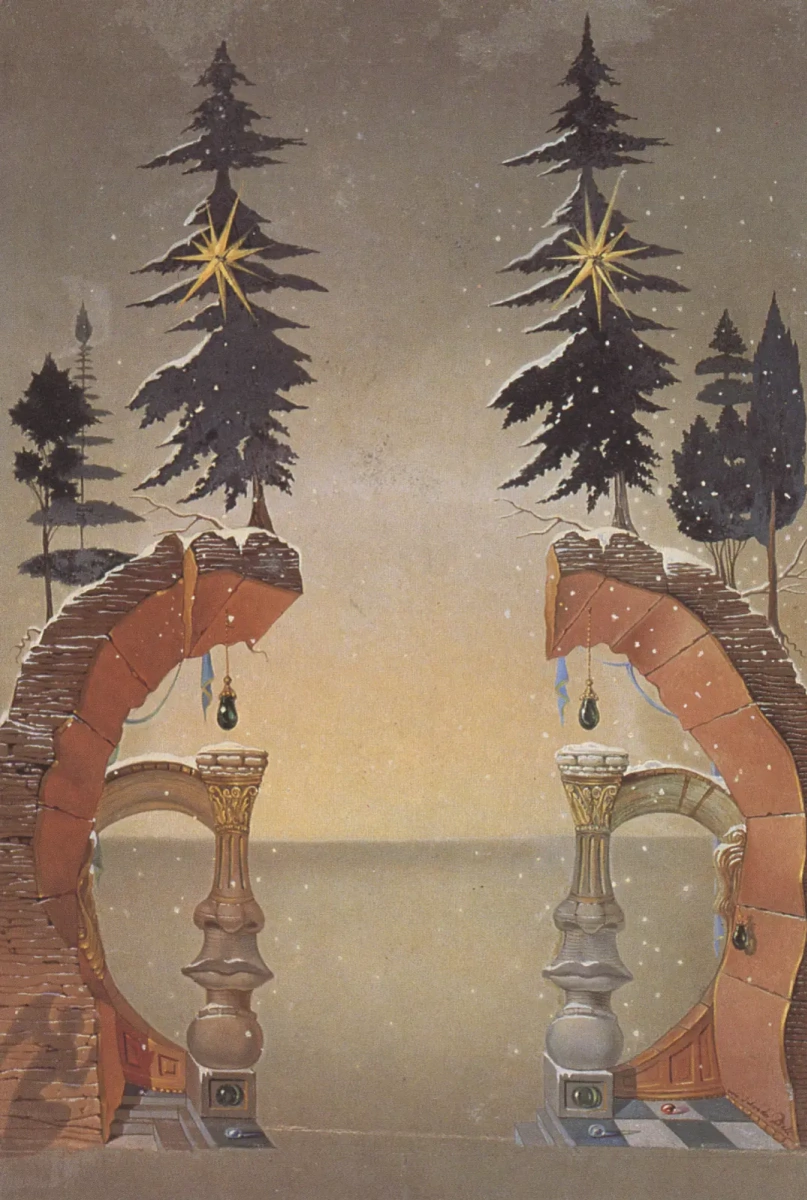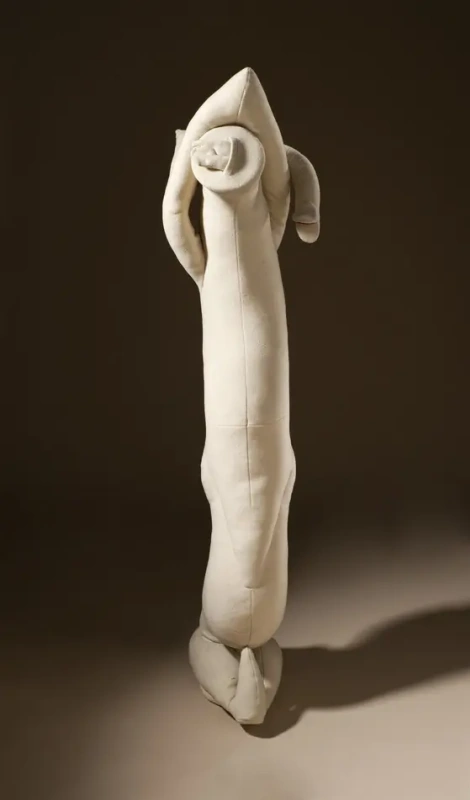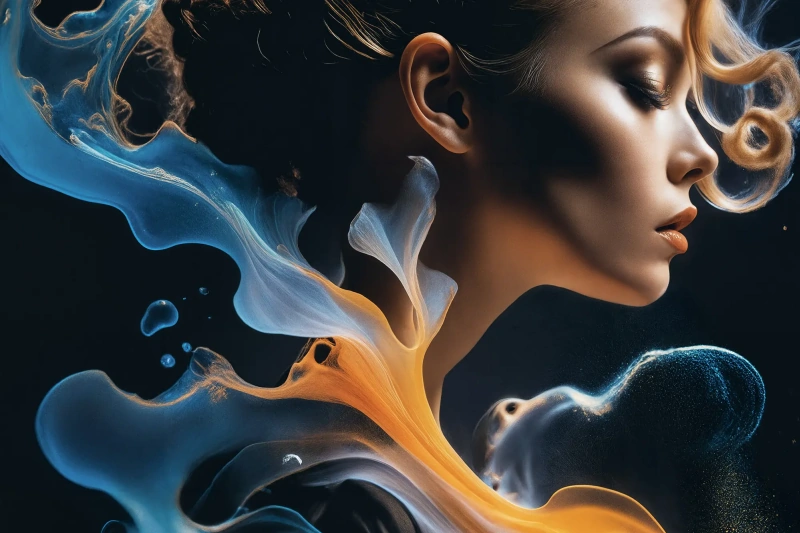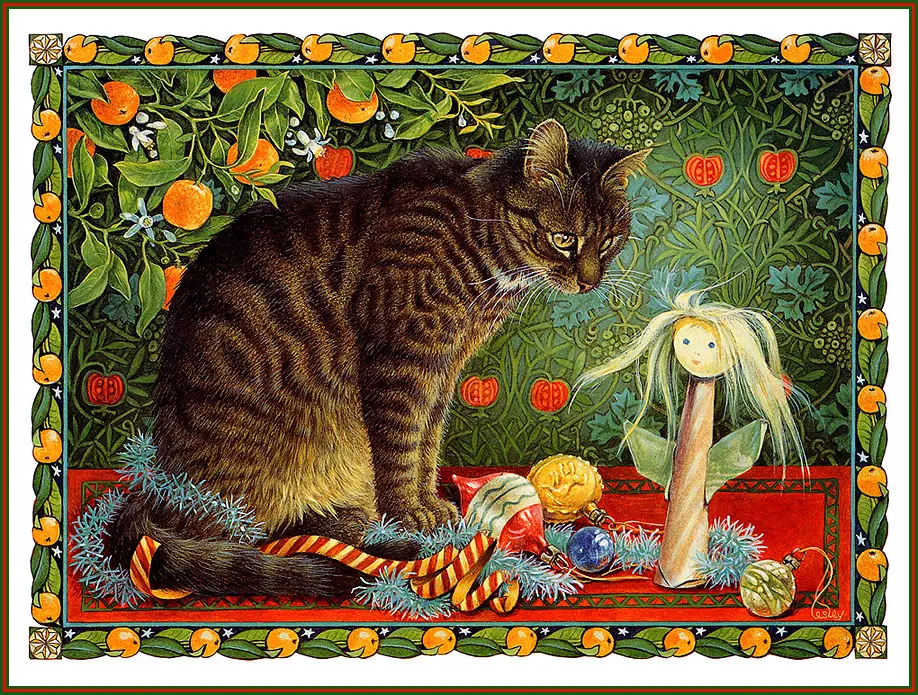
Holiday design
A house lit by the sun, children’s laughter, the pastry aroma, whole family conversations… Many people know about Carl Larsson’s wife, artist Karin Bergöö. It was she and their eight children to become the characters of the happy home, looking at the images of which you remember that the main thing in life is not just another quarterly report.
Party Time! Boris Kustodiev
Kustodiev was a skilful artist who easily worked in different genres. His legacy includes pathetic paintings of statesmen and popular prints, portraits of smart merchants and genre scenes from the people’s life: the artist did not restrict himself choosing subjects. Breaking out of the grey and cold St. Petersburg home, to the Kostroma hinterland, he feels immensely happy. This is where freedom is, the joy of colours and light! And he happily paints elegant pictures of folk festivals, fairs, holidays, and on each of them, in the words of Alexandre Benois, there is "a barbaric fight of colours".Viggo Johansen: Hands Off the Christmas Tree!
Danish artist Viggo Johansen almost abandoned painting due to his passion for music. And we are very lucky that the works of Mozart and Gluck remained the artist’s favorite hobby. In 1885, Paris saw Johansen’s paintings, and the artist himself was captivated by the works of Claude Monet and their stunning colours. Upon returning to his homeland, Johansen gave his paintings more light colours and luminosity. One of these wonderful paintings created in his new creative style was Joyful Christmas.Moominmama’s Holiday
Tove Jansson was actually a professional artist. But the very first stories about unusual heroes ("The Little Trolls and the Great Flood", "Moomin and The Comet") brought her immense popularity. Happy New Year! — she proclaimed in her drawing in 1949; it was in this year that her next book, The Wizard’s Hat, made a real moomin boom in many countries of the world.Huge proceeds from the sale of theatrical rights and souvenirs with Moomin trolls made Jansson one of the richest women in Finland. The funds allowed the artist to find the desired privacy away from the public: she purchased the uninhabited island of Klovaharun in the archipelago in the Gulf of Finland, built a modest wooden house and spent the summer months there with her girlfriend.
"You can lie on the bridge and watch the water flow. Or run, or wander through the swamp in red boots, or curl up in a ball and listen to the rain pounding on the roof. It is very easy to be happy."
Handmade: Sergey Dosekin
The work of the artist Sergei Dosekin is not particularly well known, he was always overshadowed by his elder brother Nikolai, a famous impressionist, itinerant and founder of the Union of Russian Artists. Still, Sergei Vasilyevich also had a number of interesting works, and one of them is Preparing for Christmas, painted in 1896. In those days, many families made decorations for the Christmas tree on their own, and this was another wonderful pastime in anticipation of their favourite holiday. They cut out and painted figures of cardboard, glued garlands of rings of coloured paper, cut out and glued flags, "gilded" nuts — pasted foil over them, made volumetric figures of cotton wool soaked in paste. Many of these figurines have now become rarities, sold at auctions and highly prized by collectors.
Family comfort. Nicolai Fechin
A little warmth and comfort in the family home, when the cold winds of history are raging around… The artist bought a house near Kazan in 1914, at the insistence of his wife, where the family moved after the outbreak of the First World War — away from hunger, cold and everyday storms. Feсhin painted his Christmas Tree on Christmas Day 1917. He still did not fully understand then that in the country where he lived and worked, absolutely everything had changed, and life would no longer be the same. But while everything is still good, his wife Sasha and daughter Eya have dressed up a Christmas tree and soon the time will come to celebrate the most fabulous holiday of the year — Christmas. All the collisions of their family life are in the unknown future, but now everything is as usual: home, family, anticipation of the holiday.Wonder. Zinaida Serebryakova
Katya in Blue Dress by Christmas Tree is one of the sweetest paintings by Zinaida Serebryakova. It was painted after the artist and her family moved to St. Petersburg. Neskuchnoe and happy life in a large friendly family of Benois-Lanceray remained in the past, the death of her beloved husband Boris, an escape from her native estate, cold and hungry Kharkiv… But in this picture, near the richly decorated Christmas tree, there is childish joy and the magic of a masquerade, longing for Christmas miracles. They say that Serebryakova’s uncle, Alexandre Benois, dressed up this tree. He arranged a wonderful holiday for his niece’s children with funny performances, poems and songs.Norman Rockwell: Santa prototypes
Norman Rockwell is an iconic artist of the 20th century. His name has become synonymous with America’s most popular magazine, The Saturday Evening Post, with which he collaborated for nearly 50 years. More than one generation of children inspired by his work has grown up on Rockwell’s illustrations. The famous director George Lucas recalls himself as a child running as hell from school every time a new issue of the magazine was published: "After all, everything that the artist portrayed was a part of my life". Rockwell was an amazing storyteller, and his characters had an almost magical effect on children. He worked scrupulously, was picky about models — they were members of his family, friends or neighbours. The artist carefully thought out the costumes and furnishings, and spent a long time looking for poses for his "characters". When he was happy with all the details of the future picture, he began to make the final composition. Since the 1930s, Rockwell has hired photographers to speed up the process. For one picture, he could use up to a hundred photographs, composing and thinking over the composition to the smallest detail.Anton Pieck: immersion in a fairy tale
The author of another recognizable gallery of images is the Dutch artist Anton Pieck. Since 1940 and throughout his life, he annually created Christmas illustrations for calendars and postcards, which made his work extremely popular both in Holland and in England; Peak’s fabulous pictures went off like hot cakes and scattered all over the world. However, the first personal exhibition of Pieck only took place when the master was 72 years old. On the plus side, he attended the opening of "his museum" in 1984 in the city of Hattem.Tasha Tudor: Forward to Victorianism!
For the famous American artist Tasha Tudor, one of the main values of life was the joy of being human in harmony with nature. Christmas was the favourite holiday in the Tasha’s family, they celebrated in a big family very merrily, with performances, gifts, refreshments and decoration of the whole house.

The Victorian life that Tasha Tudor recreated at her New Hampshire farm was filled with socializing with friends, family, tea parties, and handicraft gatherings. They began to prepare for Christmas back in October: one of the Tudor children chose a theme for the future Advent calendar, and Tasha got to work. It could be a cosy dwelling of vole mice, and every day, drawings of scenes from the domestic life of the animals appeared behind a new open date of the calendar. And in another year, the Advent calendar was dedicated to the Tasha’s favourite dogs, the corgi, and then day after day until Christmas, the Tudor family and their guests admired new stories of cute dogs living in the magical town of Corgyville.
The Christmas tree of Jacqueline Kennedy
The tradition of decorating the White House for Christmas is very old, and every year it becomes the topic of numerous US publications. They notice everything, compare it with previous years… We also want to show you how modest and democratic the White House Christmas tree was in 1961. It was the wife of President John F. Kennedy, Jacqueline, who introduced the tradition of choosing the theme for the White House’s official Christmas tree. The first theme for the Christmas tree, set in the oval Blue Room, was Tchaikovsky’s ballet The Nutcracker. Along with themed figurines of ballet heroes, angels and birds, the tree was covered with decorations created by disabled craftsmen from all states of the country. Mrs. Kennedy specially drew a sketch of this tree, and the following year, its toys decorated Kennedy’s personal Christmas tree.After Andersen
We can’t omit the Christmas tree from Hoffmann’s fairy tale, The Nutcracker. Nika Goltz (1925−2012) made magnificent illustrations for the fairy tale. Several generations of children grew up on books with her pictures: she illustrated all the tales by Andersen, Hoffmann, the Grimm brothers, fairy tales of the peoples of the world, as well as the stories of N. Gogol and A. Pogorelsky. Nika Goltz received an international Andersen Award for illustrations to the The Big Book of the Best Fairy Tales collection. And in Denmark, they even opened a private museum of her drawings.Giotto: the beginning
The work of the Italian painter and architect of the 13—14th centuries, Giotto di Bondone, is a line between medieval Gothic and Renaissance art, the Rubicon, which European painting crossed to dramatically change its image forever. Giotto’s mission is to overcome the Byzantine icon painting tradition. It was Giotto who was the first to begin depicting biblical events not on a conventional, but on a very specific architectural or landscape background. It is he who "invented" the composition, a way to convey the events of Sacred history, in which it is not a strictly established canon that dominates, but his own point of view, his unique author’s vision. It is Giotto who began to outline the perspective and develop the depth of space. It is he who let live emotions into religious painting.Christmas as a political statement
With the signatures of artists things used to be much complicated. And the rarest, almost the only example of Botticelli’s signature available at the The Mystical Nativity is not at all a designation of authorship. This is almost a political statement, a kind of long-suffering "blog entry" placed at the top of the picture: "It was painted at the end of 1500 during the riots in Italy, by me, Alexander, in the middle of the period at the beginning of which chapter 9 of St. John and the second revelation of the Apocalypse, when Satan reigned on earth for three and a half years, came true. After this period is over, the devil will be chained again, and we will see him cast down, as in this picture" (translated from Greek). The artist created the work in his late period of creativity, in the troubled times after the execution of Savonarolla. Botticelli believed with all his ardour in the ideas of this fierce champion of the true faith, who denied worldly blessings and fought with excesses: the Medici were expelled, who should the creator follow? According to legend, the artist even threw his paintings into the fire when the townspeople set "luxury items" on fire. It is unlikely that this was the case, however, both he and his brother were among the "crybabies", the supporters of the Dominican monk.Christmas that cannot be seen
The Baroque era did not stand aside in terms of Christmas themes. One of the most famous pictures is lost, alas, although detectives do not lose hope of finding the masterpiece, Christmas with St. Francis and St. Lawrence by Michelangelo Merisi da Caravaggio. The Most Wanted Painting in the World hung in the Chapel of San Lorenzo in Palermo, Sicily, until a stormy night in October 1969, when it was cut out of the frame by unknown assailants. The mafia is involved.It is believed that Caravaggio painted this painting in 1609, just a year before his death. At the site of the original Nativity above the altar in the Chapel of San Lorenzo, a high-quality copy hangs, which was created in 2015 in an art laboratory.
When Christ is a baby
Another Baroque gem is a wonderful painting with a surprisingly realistic baby. The master from Lorraine had 10 children, which, of course, explains a lot. Georges de La Tour married for love, and it was truly idyllic, like a Christmas story. His beloved Diane Le Nerf from the town of Lunéville was significantly higher than La Tour in social status: her father was the secretary of the Duke of Lorraine, and her sister’s husband was the governor of the judicial district, which included La Tour’s hometown. In a word, the family had such a status that the marriage of Diane with the son of a baker looked like a clear misalliance. The bride’s parents even refused to attend the wedding. As a dowry, Diane received "500 francs, 2 cows, a calf and a furniture set," and La Tour received a title of nobility.Christmas as a vision
William Blake is one of the greatest English-speaking poets and most original painters of the Romantic era. Painting was the main meaning of his life. His materials were watercolour and paper, not the then fashionable oil and canvas, and he painted scenes from the Bible and British history instead of popular portraits and landscapes. But more often than not, the heroes were his own visions. According to journalist Henry Crabb Robinson, at the age of four, the future artist saw the head of God in the window, and later the prophet Ezekiel in the fields and "a tree full of angels with sparkling wings".The mystic, thinker, romantic believed that "the truth cannot be told to be understood; it needs being believed". William Blake published books with his own texts and illustrations — today they would be called "art books". He also illustrated works of other authors, such as Milton’s poem. And Christmas was an amazing, mystical vision for Blake.
St. Volodymyr Cathedral: the passion of artists
The frescoes of the St. Volodymyr Cathedral in Kyiv are the history for centuries. Archaeologist, art historian Adrian Prakhov, known to the Kyivites for participating in the restoration of St. Sophia Cathedral in the 70s and 80s, and later, frescoes of the 10—12th centuries in St. Cyril’s Church. To participate in the painting of the cathedral walls, he invited the best artists — Viktor Vasnetsov, Mikhail Nesterov, Mikhail Vrubel, Pavel Svedomsky, Wilhelm Kotarbiński.The second person invited by Prakhov, who came to Kyiv, was Mikhail Nesterov, still young and little-known in artistic circles. According to Prakhov, he perfectly "fit" into the style of Vasnetsov. But the story of the artist’s love for Olena, the eldest daughter of Prakhov, who originally posed for the Nesterov’s image of St. Barbara on one of his works, did not "fit" into Prakhov’s plans…
Amazing Christmas
We conclude our review with original interpretations of the topic. How do you like this Christmas performed by the "hailer of the Russian estate", who did not like being called the Russian impressionist most of all? Idyll and masks are a disturbing combination. However, we look at the date: 1918… The fate of the estates was decided. And the life of Stanislav Zhukovsky has changed dramatically.We wish everyone Merry Christmas and Happy New Year!






